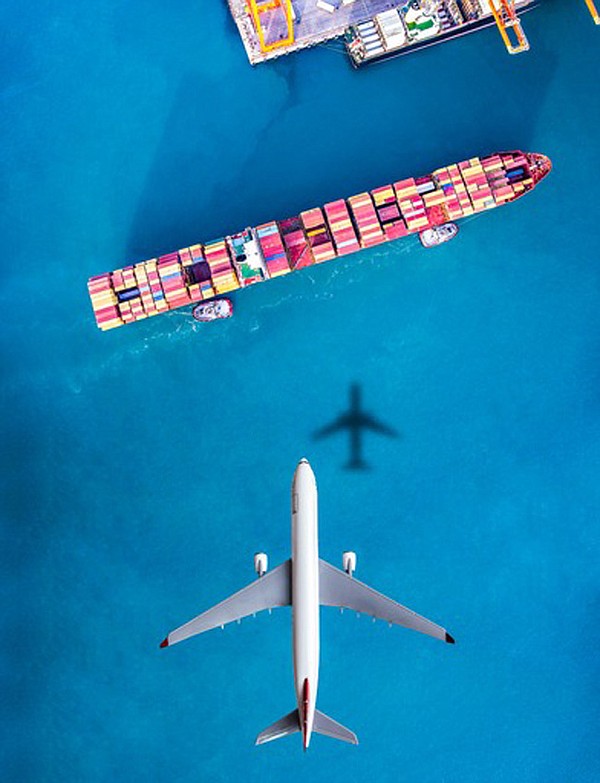FREIGHT & LOGISTICS
What the Apparel Industry Should Know to Navigate Some Choppy Seas
There’s an old saying that anything you could want good, fast and cheap you only get to pick two. In other words, good and fast won’t be cheap, and cheap and fast won’t be good.
The California Apparel News recently checked in with Robert Krieger, president of logistics company Krieger Worldwide—“a kind of travel agent for cargo,” as he puts it—to give us the outlook on shipping as it relates to the apparel industry and the challenges that lie ahead.
CAN: How has 2024 kicked off so far in the logistics world?
RK: The good news is that most places aren’t congested but some are. The Panama Canal has been extremely overcongested and is getting worse, which means delays and surcharges. Ships have to float on water, and there’s a drought in Panama. The canal averages 38 ships per day and is getting down as low as 18. If ships can’t go through the canal, then Los Angeles and Long Beach are expected to get more congested.
CAN: What’s the most important thing for apparel companies to know right now?
RK: Know your needs. There’s fast speed, low cost and reliability and all kinds of different formulas. Ultra-high-end apparel companies tend to use air freight almost exclusively, and of course there are air-surface intermediary services. Whether you’re a new company or an old one, you need to deliver your product on time, and in a retail environment where the demand for apparel isn’t there many retailers have penalties, discounts and may simply cancel an order if it isn’t on time.
CAN: What should importers expect regarding freight rates?
RK: They are going up because they’ve been at recently historically low levels for about the past year. The steamship lines have imposed surcharges on freight going through the Red Sea, and I’ve heard as high as $15,000. There could be a shortage of ships and of containers because some steamship companies are going around the Horn of Africa now, and that takes a week longer in each direction, so now they need more ships and more containers. The shippers will put their assets where they believe they can make the most revenue.
CAN: Most California companies who manufacture in Asia receive their goods along the Pacific route. Does the Suez Canal problem in the Red Sea affect them?
RK: The Suez Canal not only connects the Indian subcontinent to Europe but also the East Coast of the U.S., where some California companies have warehouses. And there’s another indirect effect because most of the oil comes out of that area, which increases the cost of fuel and so affects ships coming from China to California. The problem seems to have a connection to the United States, the United Kingdom and Israel and started around the time of the Israel-Hamas war. That’s what the pirates have said. Some ships have been captured, others attacked. And then insurance rates are sky high—if you can get insurance at all for ships in that area.
CAN: Walk us through liability in this situation, because we could have an Asian manufacturer, a California importer and then the freight carrier itself.
RK: This is a good point because in ocean freight you’re not only responsible for insuring your own goods but if something should happen to the ship you can be responsible for a percentage of the value of the ship.
CAN: How can a company that just wants to receive its goods be held responsible for a pirate attack?
RK: It’s been a standard maritime practice for hundreds of years. It’s in the bill of lading, and in order to ship you have to have a bill of lading so you have that liability, whether you know it or not. This is why everyone should review whether they have ocean/marine insurance and with war risk. Also, there are a lot of storms in the Pacific right now, and if enough containers fall off a ship for the captain to declare a “general average,” when the ship arrives in L.A. or Long Beach you can’t get your container without proof of insurance, even if it’s there. We write these policies, which are fortunately relatively inexpensive.























